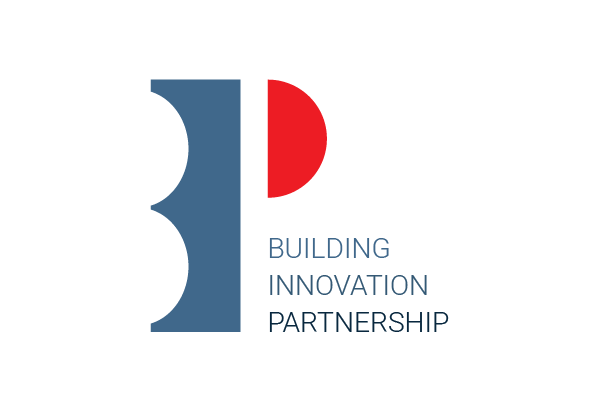This research project was a research collaboration between the Building Innovation Partnership (BIP)
and the Geospatial Research Institute Toi Hangarau (GRI) at the University of Canterbury, New
Zealand, conducted between December 2020 and August 2023.
Following engagement workshops, the project successfully developed and demonstrated a prototype
digital twin for a site north of Christchurch, New Zealand. The focus the work was to build an
environmental digital twin which brings together computational models of flood inundation with
other data, for hazard assessment, management, and mitigation. A key objective was to enable the
automation of flood risk assessment, such that multiple scenarios can be assessed rapidly, such as
when given updated information. The fundamental design principle was that the digital twin should
broadly adopt the “Findable, Accessible, Interoperable and Reusable” (FAIR) principles, and be open,
extendable, interoperable, replicable, dynamic, versatile and scalable. Research was underpinned by
methods developed in an aligned research programme, Mā te haumaru ō te wai, led by NIWA, which
is assessing flood risk across New Zealand.
